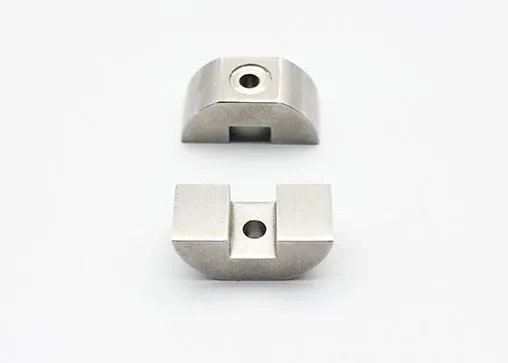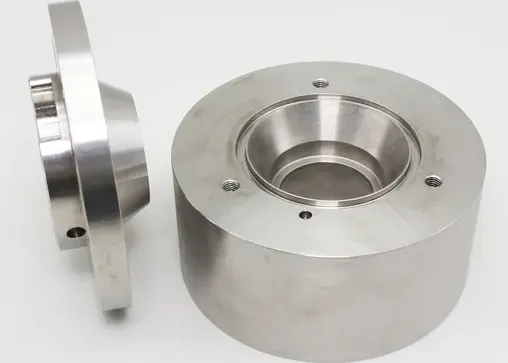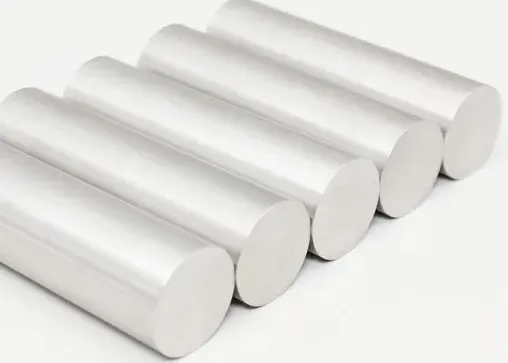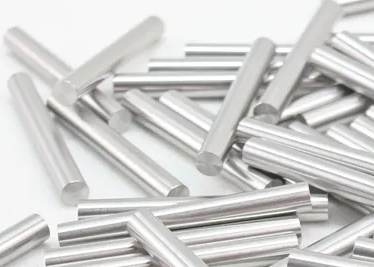Why is the Tungsten Heavy Alloy Material Can Be Used as Machining & Tooling?
In precision manufacturing, the selection of appropriate materials for machining and tooling applications is of paramount importance. It directly impacts production efficiency, tool life, and product quality. Tungsten heavy alloy (WHA) is a material that has been identified as a preferred option for a range of machining and tooling applications due to its combination of properties and performance characteristics.
WHA is composed mainly of tungsten (typically 90% or more by weight) along with small amounts of elements like nickel, iron, or copper. The purpose of these additives is to improve the ductility and machinability of pure tungsten while retaining its primary advantages — ultra-high density, superior hardness, excellent wear resistance, and outstanding thermal stability. Because of these features, tungsten alloys are widely utilized not only in aerospace and military industries but increasingly in tooling and machining operations that demand reliability under extreme conditions.
Key properties that make tungsten heavy alloy ideal for machining and tooling:
High Density and Stability
One of the standout features of tungsten heavy alloy plate is its remarkable density, typically around 17 to 18.5 g/cm³. This gives tools made from tungsten alloys a significant advantage in operations requiring high mass, such as vibration damping, counterweights, and high-pressure forming. The material's density also provides greater momentum during machining, leading to cleaner cuts and higher precision.
Exceptional Hardness and Wear Resistance
Tooling materials must resist wear and deformation during use. Tungsten alloys excel in hardness, ensuring longer tool life even in aggressive machining environments. This results in less frequent tool replacement, reduced downtime, and lower overall operational costs.
Superior Thermal Performance
High-speed machining generates significant heat. Materials with poor thermal stability will expand, deform, or degrade under such conditions. WHA can maintain its mechanical properties at elevated temperatures, making it ideal for applications such as dies, punches, and cutting inserts, where both precision and longevity are critical.
Corrosion Resistance
Unlike some metals that oxidize or corrode over time, tungsten alloys offer excellent resistance to chemical attacks. This makes them suitable for tooling in environments exposed to coolants, lubricants, and aggressive processing fluids.
Low Thermal Expansion
Another reason why tungsten heavy alloy plate is preferred in precision machining is its low coefficient of thermal expansion. Tools made from WHA maintain their shape and dimensions better than those made from conventional steels, ensuring higher accuracy during operations.
Compared to conventional tool steels and carbide composites, tungsten heavy alloy presents clear advantages that make it a superior choice for demanding machining applications. In the production of punches and dies, tungsten heavy alloy provides exceptional strength, enabling components to withstand extreme stresses without cracking or deforming. For cutting tools, the durability of tungsten alloys ensures that sharpness is maintained even when machining hard-to-process materials. In precision tooling setups, WHA is also a preferred material for fixture components, as it maintains dimensional stability and resists deformation under load. Although the initial cost of tungsten alloys is relatively higher, their superior performance in high-stress environments results in long-term cost savings, making them a more economical solution over the entire lifespan of a project.
Tungsten heavy alloy materials, particularly tungsten heavy alloy plate, are exceptionally suited for machining and tooling due to their unmatched combination of density, hardness, thermal stability, and wear resistance. Whether you're producing high-precision dies, durable punches, or stable tool holders, WHA provides a material solution that delivers consistent, long-lasting performance even under the harshest conditions.
In the pursuit of enhancing the efficiency, accuracy, and durability of machining operations, the strategic adoption of tungsten alloys has been identified as a potential solution.

 EN
EN AR
AR FR
FR DE
DE HI
HI IT
IT JA
JA KO
KO PT
PT RU
RU ES
ES ID
ID LV
LV VI
VI HU
HU MS
MS GA
GA BE
BE YI
YI EU
EU


